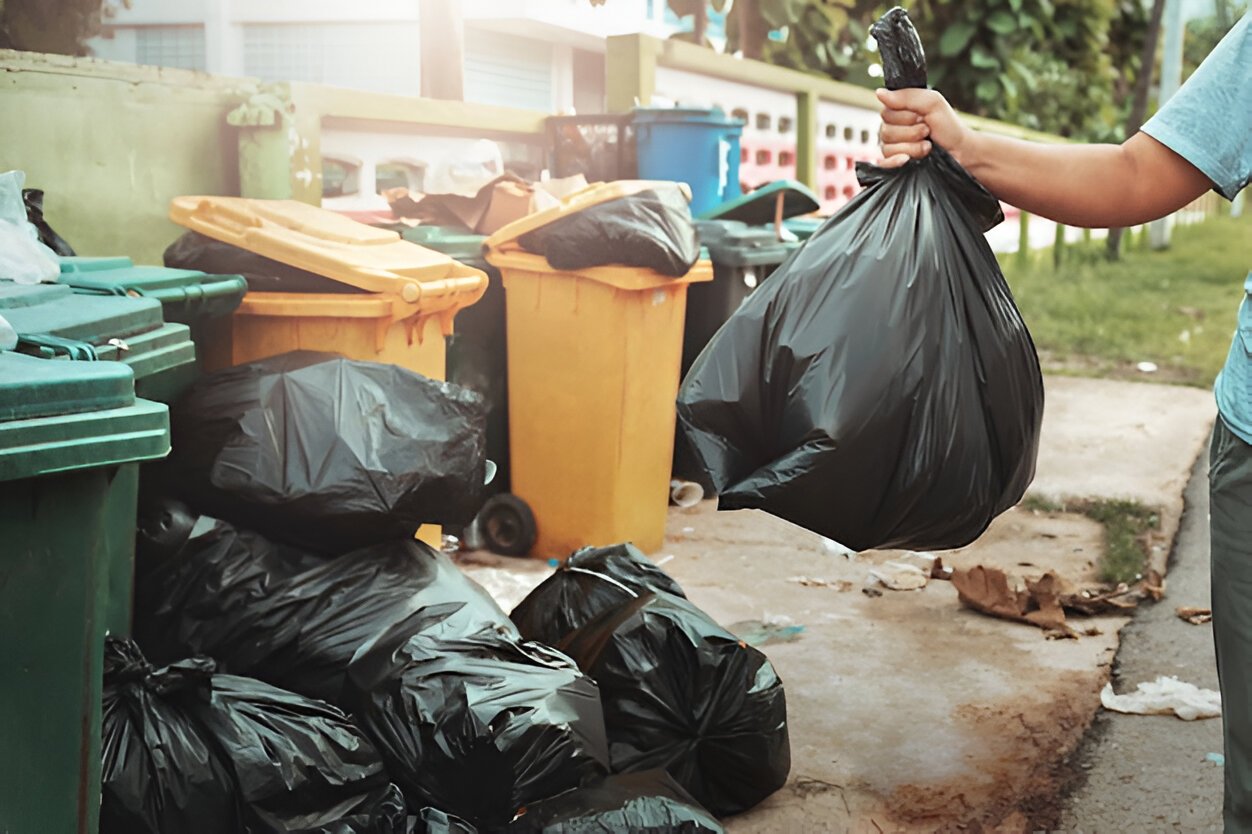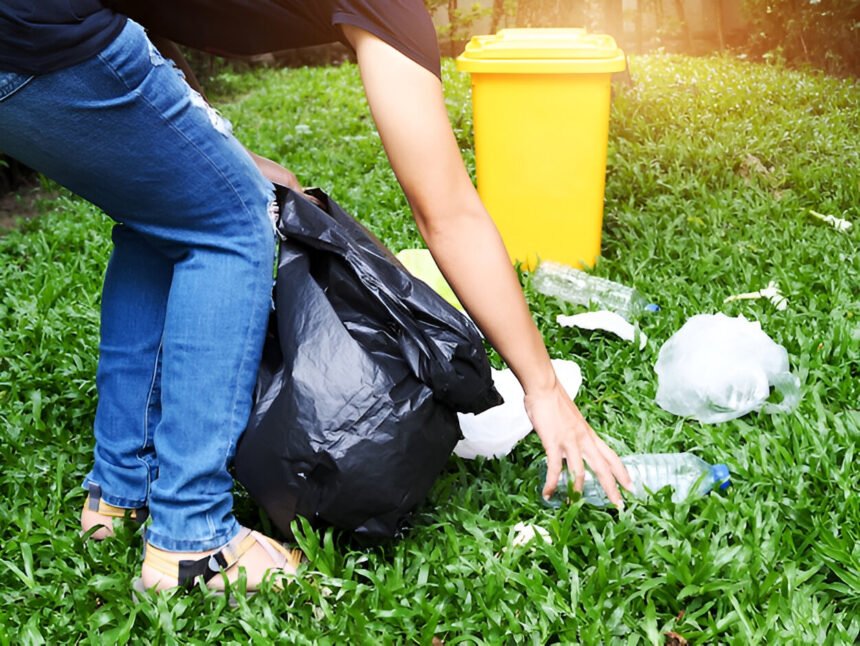As Earth dwellers, it’s our responsibility to care for our planet, and one prevalent area where most of us can make a real difference is our own households. Domestic households account for a significant proportion of global waste generation, and improper rubbish disposal only adds to the environmental problems we are currently grappling with. Despite several attempts to correct this, incorrect recycling practices and inefficient waste management are still rampant in various residential areas. Thus, mastering the art of household rubbish removal is an essential step towards proactive environmental care.
Understanding Rubbish
Household waste is not just one big pile of rubbish. It can be classified into different types, each with their unique set of problems if not correctly disposed of. General waste or trash, for instance, comprises food scraps and leftovers, paper, packaging and other items that we discard in our day-to-day life. Green waste includes organic matter like grass clippings, tree barks, wood chips, and vegetable scraps. Recyclable waste is comprised of items that can be repurposed, preventing resource depletion. These include paper, plastics, metal cans, glass bottles, and jars. Finally, hazardous waste embodies items that are harmful to both humans and the environment like batteries, paints, and chemicals.
Disposing of each type incorrectly can lead to severe environmental hazards. Irresponsible dumping of general and green waste can lead to the proliferation of disease-carrying insects and vermin. Mishandling recyclables results in contamination, rendering materials useless for recycling. Incorrect disposal of hazardous waste can lead to soil contamination and water pollution.
The Art of Segregation
Segregating our waste is not rocket science but involves adopting a structured approach to waste disposal. The key is to have designated receptacles for each kind of waste. Consider having colour-coded bins for different waste types – perhaps a green one for organic waste, a blue one for recyclables, a red one for hazardous waste, and a grey one for general waste. This method not only makes segregation easy but also reduces any sorting that might be needed before disposal.
Another useful tactic is to clearly label what belongs in each bin to avoid any confusion. A great strategy is to place bins in convenient yet appropriate places – food and green waste bins near the kitchen, recyclable bins near the garage or anywhere where most paper, plastic, metal, and glass waste are generated, and hazardous waste bins in the utility area away from where children can access it.
Guidelines for General Waste
General waste is arguably the most frequently produced waste in households. The key here is to reduce, reuse and recycle. Consider composting organic waste or donating unused items. Unused items like clothing, toys, furniture, and electronics can find a new home rather than a landfill, so consider donating to charities, schools, or second-hand stores.
Think twice before tossing general items into your bin. Perhaps they can be repurposed or composted instead. For example, vegetable and fruit scraps, coffee grounds, and eggshells can be composted to enhance your garden soil, reducing waste and creating a natural nutrient-rich supplement for your plants in the process.
Green and Eco-friendly Tasks
Green waste forms a significant part of household waste and, remarkably, it can be instrumental in practicing a greener, more eco-friendly lifestyle. Many kitchen scraps can be composted to create a nutrient-rich addition to your garden soil. If you have a green bin service, make sure you’re using it correctly. Avoid putting things like plastics, glass, metals and pet waste in your green bin as they’re not compostable.
A great way to reduce green waste is to plan your gardening tasks responsibly. Choose drought-tolerant plants that require less regular pruning. Opt for a compost heap or worm farm as they offer an excellent solution for disposing of green waste while providing fantastic compost as an output.
Recycling Rubbish Right
Recycling is often underestimated in terms of its environmental benefits, especially when done correctly. A common mistake is throwing recyclables into the bin without cleaning them; this can contaminate the entire bin and render it non-recyclable. Always wash recyclables like bottles and jars before discarding them.

Sorting out recyclables is equally crucial. A classic example is the confusion between types of plastics – while some are recyclable, others are not. Understanding the difference is essential to avoid accidental contamination. The impact of incorrect sorting goes beyond just inefficient recycling – it can lead to extra costs, wasted resources, and environmental pollution.
Hazardous Waste Handling
Hazards that come with improper hazardous waste disposal are rather grave – from potential health risks to environmental contamination. Batteries, paints, aerosol cans, harsh cleaning chemicals, and electronics should never be tossed into regular bins. It’s important to familiarize yourself with the correct procedures for disposing of such waste.
Many local councils and waste management entities provide specific collection services for hazardous materials. In some places, retailers offer take-back programs for items like batteries and lightbulbs. If you’re unsure, always contact your local waste management provider for advice.
Rubbish Removal Services
There are times when you find yourself with unusually bulky waste or material outside your regular waste category. It may be after a house clearance, renovation, or landscaping project. In such cases, professional rubbish removal services come in handy.
When hiring a rubbish removal company, consider their waste disposal methods. Do they promote green practices like recycling and composting? Check their certifications and reputation in the industry too. It’s essential to know they are trustworthy and reliable in performing their duties and complying with regulations.
Developing a Household Rubbish System
Establishing a routine and system for rubbish removal can ease the process and ensure effective disposal. Consider setting general rules about waste segregation, like rinsing recyclables or designating specific days for collecting hazardous waste.
Educate your family members about the system and ensure everyone understands the importance of each step. Consistency in waste segregation and disposal practices benefits not just your household, but the broader community and environment as well.
Gadgets and Tools to Aid in Rubbish Removal
In the era of smart living, several home improvement gadgets and tools can make rubbish removal easier and more effective. Home composting bins are an excellent method to convert green waste into rich compost. A can crusher is a handy tool for reducing the volume of metal cans before recycling. Smart bins with sensors offer convenience in segregating waste and even have features that enable setting reminders for disposing of waste on designated days.
Conclusion
Mastering the art of household rubbish removal is an essential component of responsible living. As citizens of this planet, it’s our duty to minimise our footprint as much as we can. Review your waste management practices, and don’t hesitate to make necessary changes. Every step, however small, counts towards a cleaner and healthier environment.



